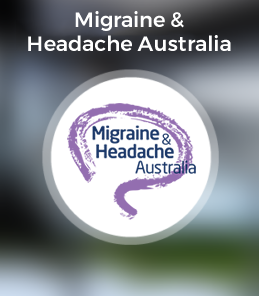Description
Guillain-Barre Syndrome (GBS) is an autoimmune disease where the body’s immune system begins to attack the peripheral nervous system. Antibodies and lymphocytes attack and damage the peripheral nerves causing weakness/paralysis (motor nerves affected) and/or abnormal sensations and pain (sensory nerves affected). It is pronounced “ghee-yan bah-ray”, and was named after three French neurologists who described the condition in two soldiers in 1916.
It can present in many different ways making it difficult to diagnose in the early stages. First symptoms include varying degrees of weakness or tingling sensations in the legs. In many cases this spreads to the upper body and in severe cases leads to almost total paralysis. GBS can be dangerous if the muscle weakness affects the chest muscles responsible for breathing.
The symptoms can occur quite rapidly over hours to days or slowly over weeks. Most patients reach peak weakness within the first 4 weeks. It is a rare disease and the cause is not known but GBS usually follows a viral or bacterial infection. It can affect any age but the incidence increases with age and men are more commonly affected than women. GBS is considered an acute illness. CIDP is the term used for the most chronic cases.
Treatment
The patient must be carefully monitored usually in hospital to make sure breathing and other vital functions are maintained. Once the patient recovers from these complications treatment in hospital is usually no longer required. Some physical therapy may still be necessary. There is no known cure for GBS but some therapies can reduce its severity and increase a patient’s recovery. Plasmapheresis and intravenous human immunoglobin are the therapies most commonly used.
Prognosis
GBS can be devastating because of its sudden and unexpected onset. Most patients (80-90%) make a full recovery from GBS. Many spend 3 months or more in hospital and may take a year to recover. Some patients do not recover completely and have residual weakness, numbness and occasional pain.
Further information and support
Click here for the latest Australian research papers on Guillain-Barre Syndrome.
Read More at Virtual Medical Centre
The GBS Association of NSW
PO Box 572, Epping NSW 1710
Ph 0487 843 723
www.gbs-cidp-nsw.org.au
Guillain-Barre syndrome Foundation International – USA
gbs-cidp.org
National Institute of Neurological Disorders and Stroke – USA
www.ninds.nih.gov
Guillain-Barre Syndrome Support Group – UK
www.gbs.org.uk
Reviewed by Professor John Pollard, Institute of Neuroscience, Royal Prince Alfred Hospital, Camperdown, Sydney, Australia
DISCLAIMER: The information provided is designed to support, not replace, the relationship that exists between a patient / site visitor and his / her existing health care professionals.





 The Brain Foundation is the largest, independent funder of brain and spinal injury research in Australia. We believe research is the pathway to recovery.
The Brain Foundation is the largest, independent funder of brain and spinal injury research in Australia. We believe research is the pathway to recovery.